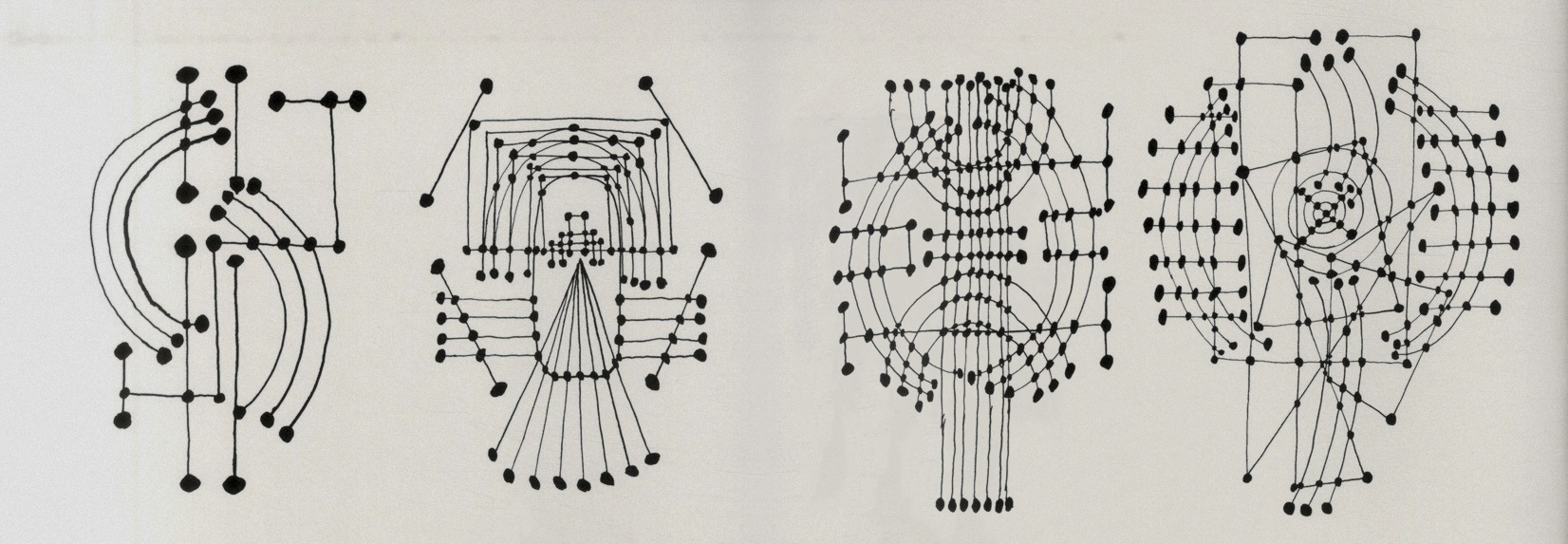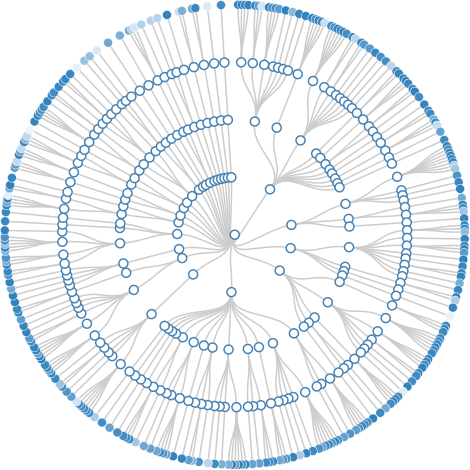Research
Network science

As “big data” often means “big networks”, applications of network science now arise in all shapes and forms. Unfortunately, there is still a large gap between the foundations of graph theory, interdisciplinary network science, and the simple application of “network thinking”. I have many projects which aim at closing this gap and unify the approaches from statistical physics, mathematics and computer science.
Selected publications:
Laurent Hébert-Dufresne, Joshua A. Grochow & Antoine Allard, Scientific Reports 6 31708 (2016)
Antoine Allard & Laurent Hébert-Dufresne, Phys. Rev. X 9, 011023 (2019)
Andrea Allen, Cristopher Moore & Laurent Hébert-Dufresne, Phys. Rev. Lett., 077402 (2024)
Epidemics on networks

The societal aim of epidemiology is to reduce disease burden by better understanding diseases. Epidemiological models tend not to be disease specific; they contribute broadly to our understanding of disease spread and to our pandemic preparedness. However, current models often consist of collections of deterministic and homogeneous compartments, in contradiction with the stochastic nature of disease transmission and the known heterogeneity of human behaviour. My work therefore focuses on network epidemiology, which allows us to embrace the natural randomness and heterogeneity of human behaviour to provide more realistic, probabilistic understanding of epidemics.
Selected publications:
Laurent Hébert-Dufresne et al, Phys. Rev. Lett. 110, 108103 (2013)
Laurent Hébert-Dufresne & Benjamin M. Althouse, PNAS 122, 33 (2015)
Samuel V. Scarpino, Antoine Allard & Laurent Hébert-Dufresne, Nature Physics 12, 1042-1046 (2016)
Antoine Allard, Samuel V. Scarpino, Benjamin M. Althouse & Laurent Hébert-Dufresne, PNAS 114 (2017)
Laurent Hébert-Dufresne, Samuel V. Scarpino & Jean-Gabriel Young, Nature Physics 16, 426-431 (2020)
Complexity and criticality

Real complex systems, from works of art to biological systems, share common features of organization. Many of the models proposed to explain the emergence of such properties (e.g. self-organized criticality and other critical processes) also share common features or rules. I am interested in finding these “hidden” principles of organization, in real systems and models alike, in the hope of gaining further insights on the necessary ingredients of complexity.
Selected publication:
Laurent Hébert-Dufresne et al. Phys. Rev. Lett. 107, 158702 (2011)
Laurent Hébert-Dufresne et al. Phys. Rev. E. 92, 062809 (2015)
Laurent Hébert-Dufresne et al. Phys. Rev. E. 93, 032304 (2016)
 Laurent Hébert-Dufresne
Laurent Hébert-Dufresne